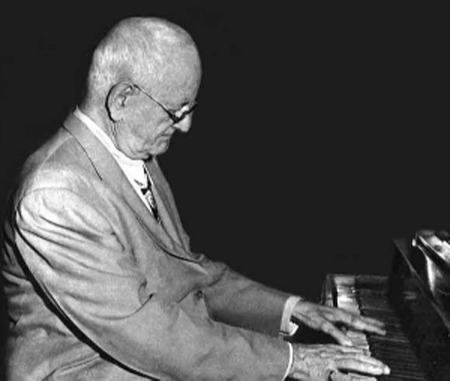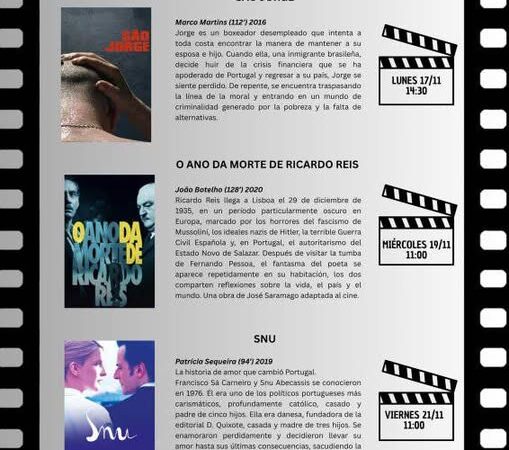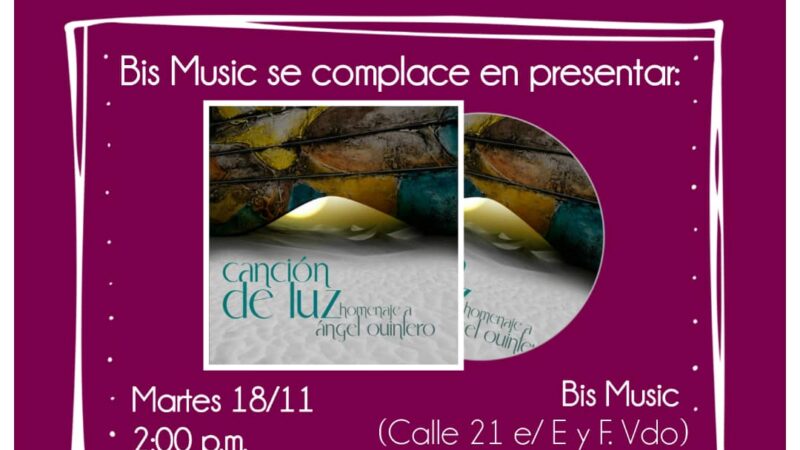Antonio María Romeu and the Enrichment of the Danzón

A prodigy from an early age and a self-taught talent, Antonio María Romeu masterfully defined a professional career in which more than 500 compositions were coined, celebrated in the traditions of Cuba’s musical genealogy and of an era in general.
He learned the musical craft with Joaquín Mariano Martínez in 1884. At the age of 12, he composed his first work and performed his first dance. In 1899, he moved to Havana and performed in several cafés. During this time, he played in the Orquesta Cervantes, famous for incorporating the piano into Cuban popular music, gaining decisive experience in performing the so-called French charangas, which achieved a higher pitch by replacing the clarinet with the flute, removing the brass instruments, and adding the timbales.
Researcher Rosa Marquetti points out that: “There is almost consensus among scholars that Antonio María was the founder of the French-style charanga orchestra, which preceded the charanga we know today. He was, without a doubt, an innovator, and the danzón owes much of its evolution and endurance to him.”
Around 1904, he joined Tata Alfonso’s charanga, and in 1910 formed his own orchestra, which included musicians such as Feliciano Facenda, Rafael Calazán, Alfredo Valdés Brito, Félix Vázquez, and Remigio Valdés. With this group, he made numerous recordings and gained the deserved popularity for his talent and musical ingenuity.
Romeu was also part of the Sociedad Solidaria Musical de La Habana (1922). In the 1920s, he rewrote segments of the danzonero Fiesta Negra from Los Tres pequeños poemas, and in 1929, he brought in Fernando Collazo and later Enrique García as singers in the orchestral format with the piece Rompiendo la rutina.
Around 1933, he was one of the organizers of the Unión Sindical de Música de Cuba. During those years, Radio Progreso hired him for several seasons, and he became one of the solo pianists in La Hora Íntima, a program in which he stood out, leading to him being called El mago de las teclas.
In 1937, Barbarito Diez joined Romeu’s orchestra as one of the singers, and in April 1939, the film Estampas habaneras premiered, in which Antonio María performed Tres lindas cubanas, his most famous piece, where for the first time, he performed a piano solo in a danzón.
“However, above all, the composition of his that has become most universal is the danzón Tres lindas cubanas, based on an old son, premiered in 1926. It gave birth to a unique style in the interpretation of the danzón, shaping the subsequent trajectory of this genre,” confirms Helio Orovio in the Diccionario de la música cubana.
As researcher and musicologist Cristóbal Díaz Ayala states: “From 1930 onwards, Romeu brought another innovation: he began to use singers, and apparently experimented with various ones: Rogelio and Caíto (from Sonora Matancera), [Antonio] Machín and Daniel, Siro and Miguel (from Trío Matamoros), and also solo performances sometimes by [Fernando] Collazo and [Vicente González Rubiera] Guyún.”
Throughout his extensive career as a composer, Romeu is also recognized for his excellence in writing pieces for flute in the genre of danzón.
Zenaida Romeu details other contributions: “He was the one who first introduced piano improvisations in popular music. Before him, musical groups played with clarinets, coming from historical bands with traditions from Spain, and improvisations were made with wind and woodwind instruments; however, he suddenly added a violin and a piano to a charanga. He was the first to introduce them into Cuban music. That’s why he is known as El Mago de las Teclas.
With his unique gifts and the quality of his interpretation and composition, Romeu set a more than deserving precedent through which, among so many stellar figures in Cuban music, he continues to shine with his own light.
Translated by Luis E. Amador Dominguez



